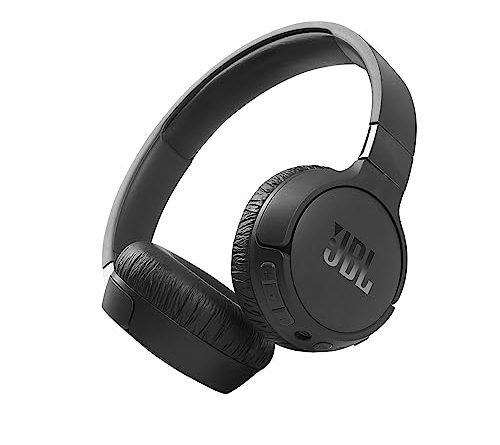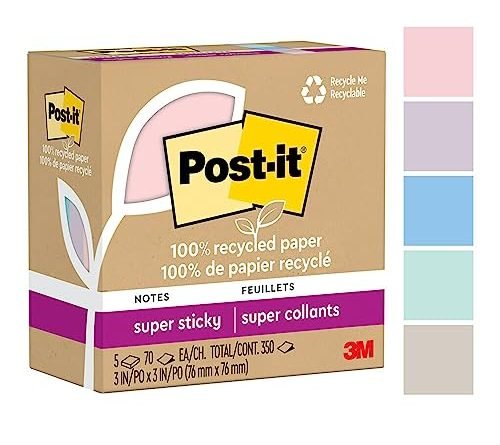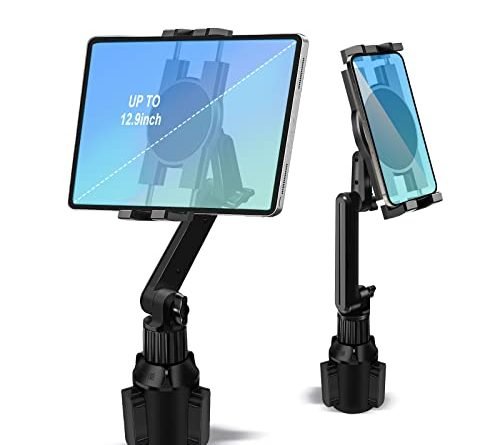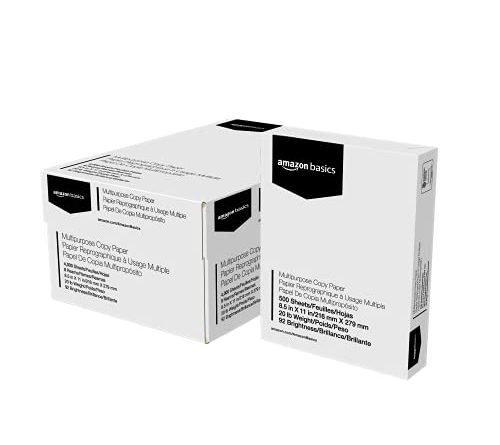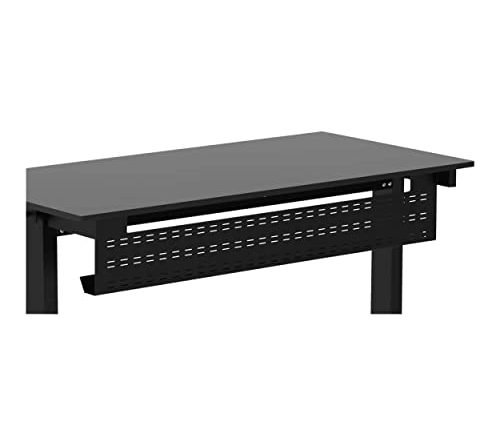
In this step-by-step guide titled “How to organize cables effectively?”, you will learn about cable management solutions and how they can help you keep your cables organized. The purpose of this guide is to provide you with practical tips and techniques to effectively organize your cables, avoiding tangles and confusion. By following these steps, you will be able to create a neat and organized cable setup, making it easier to find and manage your cables.
Keep your cords organized and tangle-free!



How to effectively manage your cables
Gather all your cables
To gather all your cables, follow these steps:
- Begin by collecting all the cables that you need to organize, including power cords, HDMI cables, USB cables, and any other cables you have.
- Take a look around your workspace and gather all the cables that are lying loose or tangled.
- Make sure to check all your devices, drawers, and storage areas for any hidden cables that need organizing.
- Once you have gathered all the cables, place them in a central location where you can easily access and organize them.
Remember, the key is to gather all the cables in one place so that you can efficiently organize and manage them.
![[4 Pack] JOTO Cable Management Sleeve, 19-20 Inch Cord Organizer System with Zipper for TV Computer Office Home Entertainment, Flexible Cable Sleeve Wrap Cover Wire Hider System -Black](https://m.media-amazon.com/images/I/51PEwCRekpL._SS520_.jpg)


Sort and label the cables
To sort and label your cables, start by separating them based on their purpose. Group together cables that belong to the same device or serve a similar function. Once you have separated the cables, use cable ties or labels to keep track of which cable belongs to which device. Wrap the cable ties around each cable or attach labels directly to them. This will make it easier for you to identify and manage your cables in the future.
Untangle the cables
To untangle the cables, start by carefully examining any tangled sections. Use your hands or a cable organizer tool to gently separate and straighten them out. If there are any knots, carefully work through them with your fingers or a small tool to remove them. Take your time and be patient to avoid causing any damage to the cables.
Measure the cable lengths
To measure the length of each cable, start by untangling and straightening it out as much as possible. Then, using a measuring tape or a ruler, carefully measure the cable from one end to the other. Make sure to account for any twists or bends in the cable to get an accurate measurement. For example, if you have a cable that is 10 feet long but it has a loop in it, you may need to measure from one end to the loop, then from the loop to the other end and add those measurements together to get the total length. This will help you determine the appropriate length for organizing and figure out how much excess cable you need to manage.
Bundle the cables
To bundle the cables, start by grouping together cables that have similar lengths and purposes. For example, you can gather all the power cables or audio cables and place them in separate bundles. Once you have grouped the cables, secure each bundle using cable ties, Velcro straps, or cable sleeves. This will help keep the cables organized and prevent them from tangling or getting in the way. Remember to use clear, easy-to-follow instructions and break up the information using bullet points for clarity.
Use cable clips or clamps
Attach cable clips or clamps to your desk or wall using screws or adhesive. Position the clips or clamps along the edge of the surface, ensuring they are evenly spaced. Insert the bundled cables into the clips or clamps, securing them tightly. This will keep your cables organized and prevent them from sliding or falling.
Route cables behind furniture
To route cables behind furniture, start by identifying the furniture pieces that can be used to conceal the cables. Move the furniture away from the wall to create space for routing the cables behind them. Carefully bundle the cables together and secure them with cable ties or clips. Then, position the cables along the baseboards or behind the furniture, making sure they are not visible from the front. Finally, push the furniture back into place, ensuring that the cables remain hidden.
Label the cable ends
To label the cable ends, follow these simple steps:
- Attach small labels or color-coded stickers to the ends of the cables.
- Use labels or stickers that are easily visible and can be easily distinguished from each other.
- Write or print clearly on the labels to identify which cable is connected to which device.
- Stick the labels or stickers near the connector or on the cable itself, where they can be easily seen.
- Make sure the labels or stickers are securely attached and won’t easily come off.
- By labeling the cable ends, you can quickly and easily identify which cable is connected to which device, saving you time and avoiding any confusion.
Use cable management accessories
Consider using cable management accessories such as cable clips, cable sleeves, or cable raceways to further organize and hide cables. Secure cable clips to the edge of your desk or along the walls to hold the cables in place. Use cable sleeves to bundle and protect multiple cables, and attach them to the back of your desk or entertainment center. For a more professional look, install cable raceways along the baseboards or behind furniture to hide the cables completely.
Regularly maintain and adjust
Periodically inspect and adjust your cable organization system to keep it in optimal condition. As you introduce new devices or remove existing ones, it is important to update your cable management accordingly. Check for any tangled or loose cables and reorganize them as necessary to ensure a tidy and efficient setup.
Wrapping it all up
In conclusion, organizing your cables effectively is key to maintaining a tidy and efficient workspace. By following the tips and techniques outlined in this guide, you can say goodbye to tangled cords and hello to a well-organized setup. Remember to label your cables, use cable management solutions, and implement a system that works for you. Not only will this make your workspace look neater, but it will also save you time and frustration in the long run. So, take control of your cables and enjoy a clutter-free environment where you can focus on what really matters. Happy organizing!
Essential Supplies



Tame the Tangle
Getting organized has never been easier
- Start by identifying the types of cables you need to organize. This could include power cords, USB cables, HDMI cables, etc
- Use cable ties or zip ties to group cables together. This will help keep them organized and prevent them from tangling
- Consider using cable clips or adhesive cable organizers to secure cables to walls, desks, or other surfaces. This will help keep them in place and prevent them from falling or getting in the way
- Label your cables to easily identify them later. You can use cable labels, color-coded tags, or even simple stickers to mark each cable with its corresponding device or purpose
- Finally, make sure to regularly check and maintain your cable management solution. Over time, cables can become tangled or new cables may be added. Stay on top of it to ensure your cables stay organized and easily accessible
- Remember, cable management is all about finding what works best for you and your setup. Don’t be afraid to experiment and adjust as needed
Got Questions? We’ve Got Answers!
How easy is it to install and use a cable management solution?
Installing and using a cable management solution can be relatively easy, depending on the specific solution you choose. There are different types of cable management options available, ranging from simple cable clips to more complex cable trays or raceways.
For simple cable clips or adhesive cable holders, all you usually need to do is peel off the backing and stick them to a clean surface. Then, you can easily insert and route your cables through the clips, keeping them organized and preventing tangling.
More advanced options like cable trays or raceways may require a bit more effort. You will typically have to mount them to a wall or under a desk using screws or adhesive. Once installed, you can easily route your cables through the designated channels, ensuring a neat and organized appearance.
To use a cable management solution effectively, you’ll need to gather and group your cables beforehand. This will make it easier to identify which cables go where and prevent confusion during the installation process. Keeping cables organized and properly labeled will also make it simpler to troubleshoot or make changes in the future.
Overall, the ease of installing and using a cable management solution depends on the complexity of the solution you choose and the number of cables you need to manage. However, with the right tools and a bit of patience, you should be able to achieve a tidy and efficient cable management setup.
Are there any cable management solutions that allow for easy access and repositioning of cables when needed?
Yes, there are several cable management solutions available that allow for easy access and repositioning of cables when needed. One common option is the use of cable clips or cable organizers with adhesive backing. These can be easily attached to surfaces such as walls or desks, and you can simply snap or slide the cables in and out as needed.
Another solution is the use of cable sleeves or cable management boxes. Cable sleeves are flexible and expandable tubes that can hold multiple cables together, keeping them neat and organized. They often have a zipper or Velcro closure, allowing you to easily access and reposition individual cables.
Cable management boxes, on the other hand, are larger containers with multiple openings or holes for cables to pass through. These boxes can be placed on the floor or mounted on walls, and they provide a tidy and accessible solution to manage and rearrange cables.
Furthermore, there are cable management solutions such as cable raceways or cable trays. Cable raceways are plastic or metal channels that can be mounted on walls or ceilings, providing a dedicated pathway for cables. They often have hinged or snap-off covers, allowing for easy access and repositioning of cables.
Cable trays are similar to raceways but are typically larger and used in commercial or industrial settings. They are open mesh or solid metal trays that can be mounted under desks or along walls, providing ample space for cables to be routed and adjusted as needed.
Overall, there are various cable management solutions available that offer easy access and repositioning of cables when required. You can choose the one that best suits your needs based on the number of cables, the location, and the level of accessibility you require.


